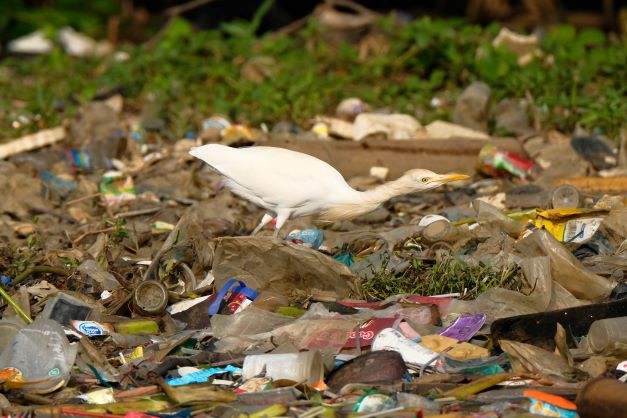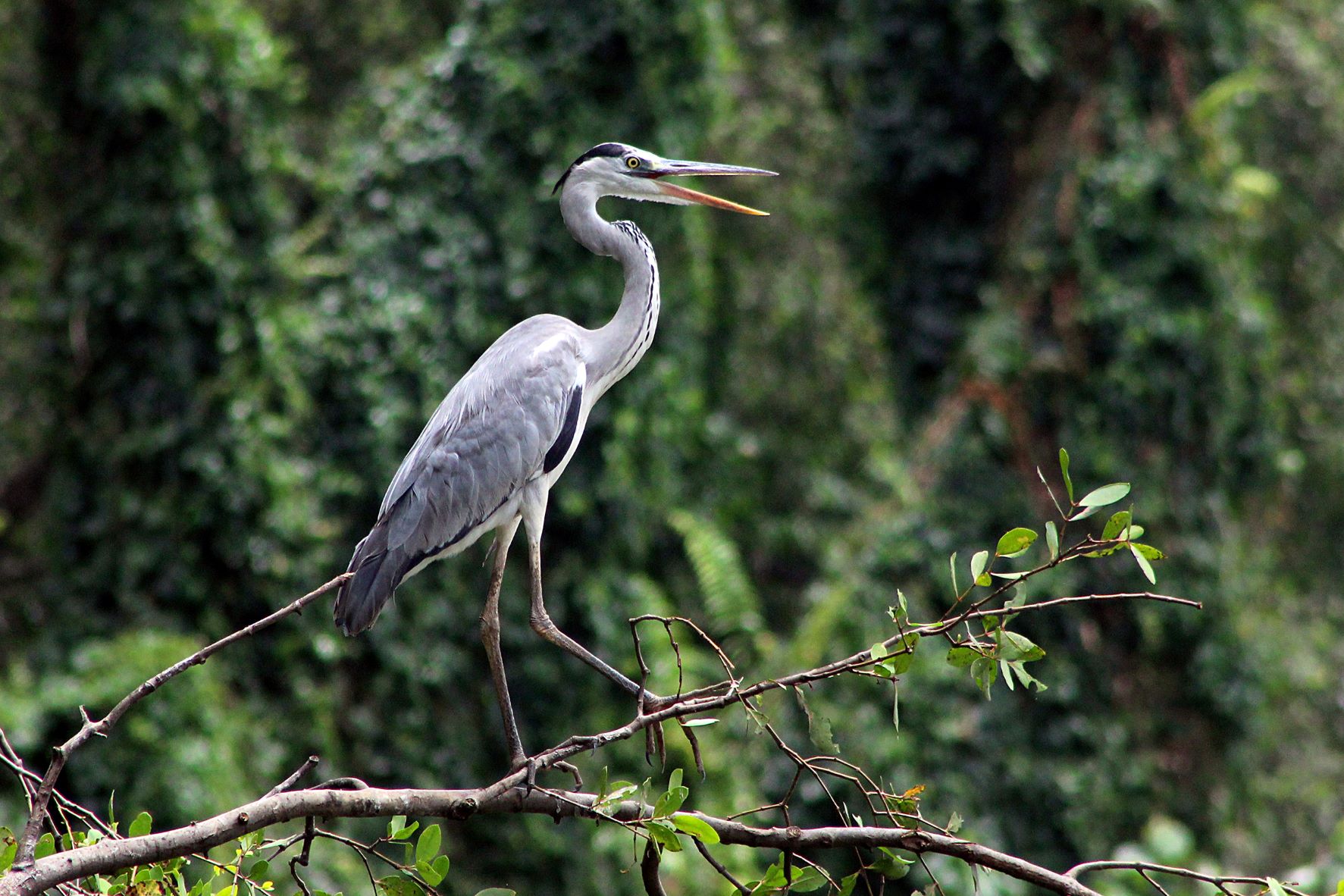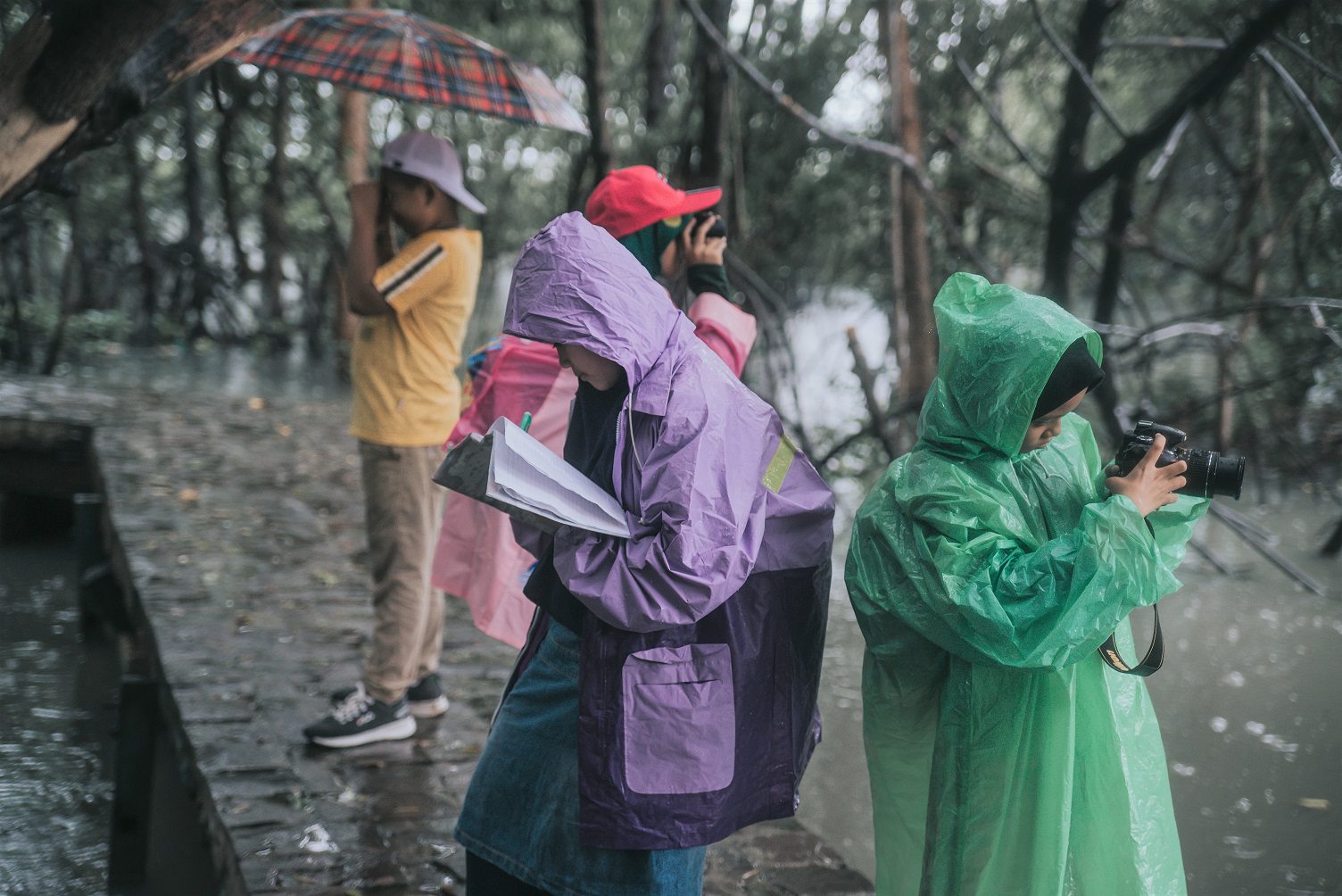JAKARTA’S COASTAL WATER BIRD

-
Date:
02 Feb 2022 -
Author:
WIT Indonesia
Indonesia’s capital city, Jakarta, is a bustling place. Take a look at the streets, which are nearly constantly congested by motorized traffic. Not to mention government activities and the volume of people traveling to and from Jakarta at the port, station, or airport. This bustle is constant. Taverns and restaurant venues are never without customers who come in either to mingle or to simply satisfy their tummies. There is never a dull moment in Jakarta.
The Jakarta provincial government continues to create new homes, apartments, office buildings, and social and public facilities around the city of Jakarta each year. Some urban planners claim that Jakarta is an organic city. This indicates that uncontrolled development is taking place in this city. One area of the city naturally grows with a variety of complementing interests, giving the city its desired shape in the end.
There is a symbiotic relationship between the environmental, social, and physical environments in an organic city. Both spontaneously occurring physical and non-physical (social) changes take place. The environment will seek a new equilibrium if one of the elements is disturbed because doing so will disturb the environment as a whole. The Green Open Space (RTH: Ruang Terbuka Hijau), particularly its living inhabitants, notably birds, is one of the areas of Jakarta that frequently evolves and adapts to the city’s most recent conditions.

Cangak abu (Ardea cinerea). Foto oleh Ahmad Baihaqi/Yayasan KEHATI
The metropolis of Jakarta should be proud of itself since, despite its crowded urban setting, it is nevertheless home to more than 250 different bird species. Remetuk laut (gerygone sulphurea), bondol haji (lonchura maja), and bangau bluwok (mycteria cinerea), among others, are as little as a human thumb in size. Cangak Abu (ardea cinerea) and Remetuk Laut (ardea cinerea) are big birds averaging 1.5 meters. Surprisingly, endangered bird species like the bubut jawa (centropus nigrorufus) and the cikalang christmas (fregatta andrewsi) may be found in Jakarta. It’s a bird hotspot for Jakarta bird lovers.
The mangrove forest region along Jakarta’s coast, in the Muara Angke area, is one of the RTHs with the greatest diversity of bird species. Given that tides have an impact on the mangrove forest’s health, it is one of Jakarta’s most distinctive wetland habitats and home to the majority of the city’s waterbirds.
The only mangrove forest still held by the city of Jakarta is in the Muara Angke region. The mangrove woods of Batavia once covered the entire coast of Jakarta Bay, from the Dadap area in the west to Cilincing in the east, based on historical records from The Royal Dutch Institute of Southeast Asian and Caribbean Studies (KITLV).
The mangrove forests were only found in the Muara Angke region today because to the activities that took place during this time, such as the building of ports and villages. In addition to birds, many kinds of mammals were also present in the mangrove forest at that time, including otters (Aonyx cinereus), buddhist langurs (Trachypithecus auratus), and mangrove cats (Prionailurus viverrinus). Nevertheless, they have now vanished as well.
Speaking of waterbirds, the Muara Angke mangrove forest region is home to more than just permanent residents. In this region, migrating waterbirds frequently pause to rest from December to February. Birds that migrate from the northern hemisphere avoid their native winters by seeking out mild climates in tropical regions like Indonesia, particularly Jakarta.
In order to welcome the arrival of these migratory waterbirds, an activity to track the number of both resident and migratory water birds, specifically the Asian Waterbird Cencus (AWC), is typically held in January. Every second and third Sunday in January, AWC is an annual event that is entirely voluntary.

Siswa sekolah melakukan sensus burung air di kawasan Hutan Lindung Angke Kapuk, Jakarta Utara.
The AWC is a Wetlands International-run waterbird monitoring program that serves as a tool for protecting waterbirds and the wetlands that serve as their habitat. Under the auspices of the International Waterbird Census (IWC), this activity is conducted concurrently with a global census that encompasses Africa, Europe, and America.
Wetlands International also oversees the census’s work in Indonesia. The AWC activity in Jakarta is a monitoring activity carried out by members of the public working with scientists and specialists to gather information and assess the health of waterbirds that are active in the city. This is done to find information regardless of whether there are missing or no longer recorded.
Ibis roko-roko (plegadis falcinellus), which according to numerous records has shown a drop in encounters, is an example of a species that may be disappearing or no longer being documented as a result of the AWC’s operations given the development of Jakarta as an organic metropolis. According to the study’s findings, the elimination of the sites where this bird could be fed in the form of rice fields and ponds in the neighborhood of the Jakarta Bay area, such as in the Cengkareng area, was the cause of the fall in the kind of Ibis roko-roko. This led this species to migrate over great distances in search of better eating grounds.
Another issue in the city of Jakarta, particularly Muara Angke, is the mountains of waste pouring from 13 rivers in Jakarta that keep building up. This is in addition to the loss of food-gathering places. 8,32 tons of trash, the majority of which is lodged in the Muara Angke mangrove forest, home to Jakarta’s water birds, are reported to enter Jakarta Bay every day according to data from the Oceanographic Research Center of the Indonesian Institute of Sciences (LIPI).
No birds have perished recently as a result of consuming plastic or owing to a buildup of trash. The water birds’ primary source of food, though, will be fish if this keeps happening. Due to the tens of tons of trash piling up, another effect of the waste is that it will harm young mangrove plants that are in their infancy.
These waterbirds are a valuable resource for the city of Jakarta since they indirectly provide ecological, educational, and economic benefits to the local population. Without birds, humans would be unable to live independently in cities. The spatial structure of a unit made up of units with distinct functions has generated an organic city in the model. Due to their unplanned, haphazard, and spontaneous growth, organic cities are vulnerable to degradation. They are all distinct from one another but also work together to help one another in their various roles.
Let’s keep an eye on Jakarta’s water birds to learn what they require to survive and what we humans who coexist with them can gain from this.
